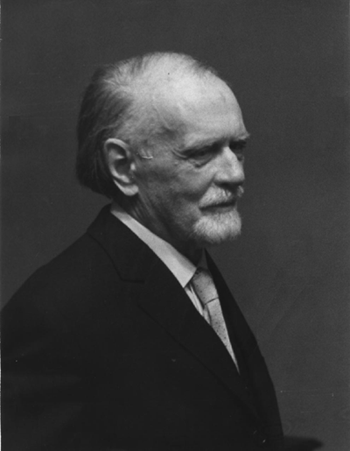
BASIC PRINCIPLES
“We must look forward to the time that all people in all lands are brought together through singing... and then there is universal harmony.” -Zoltán Kodály
The Kodály approach is a philosophy for teaching music. Kodály educators understand that music is for EVERYONE, and is necessary for healthy human development. We believe that every person has the potential to make music. The Kodály educator knows that singing is the basis for all musical learning, and that solfege is the key tool to developing the inner musical ear. We primarily use folk songs as the primary source material for beginning music education because they provide quality musical material for our students' growth. Our goal is to make every child musically literate. Each student will learn to read, write, compose, and improvise music at his/her own developmentally appropriate level based on a carefully planned sequence of musical concepts leads to understanding.
HISTORY OF THE KODÁLY APPROACH


In 1925, Hungarian composer Zoltán Kodály became interested in reforming the music education system in his country. He wrote many essays and articles about the importance of using quality music in the classroom and having highly trained educators in the music classroom.
In 1935, Kodály and his collaborator Jenö Ádám embarked on a journey to change music education in the primary and middle schools. Ádám and several colleagues traveled through Europe to research music education in countries such as England and Germany. They returned home to Hungary and began to create new curriculum for schools and new teaching techniques for music educators.
In 1945, the Hungarian government adopted and implemented Kodály and Ádám's ideas in their public schools nationwide, and in 1950 the first primary school where music was a daily subject opened. The Hungarian method of music education that Kodály and his peers had developed was presented at the International Society of Music Educators convention in Vienna in 1958. The International Kodály Society was established at a symposium held for the Kodály method in Oakland, CA in 1973.
It wasn't until the early 1960s that the Kodály approach made its way in American music classrooms. Mary Helen Richards, along with others like Lois Choksy, Katinka Daniel, Sister Lorna Zemke, Sister Mary Alice Hein, and Denise Bacon, pioneered the introduction of this teaching approach to the United States. As more and more music educators saw the value in the Kodály approach, a desire to connect with each other emerged and the Organization of American Kodály Educators (OAKE) was founded in 1975. Regional affiliates of the organization began popping up soon after, and the Association of Wisconsin-Area Kodály Educators (AWAKE), the Wisconsin chapter of OAKE, was founded in 1996.


